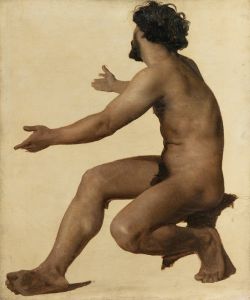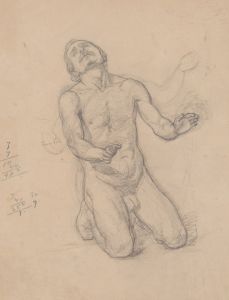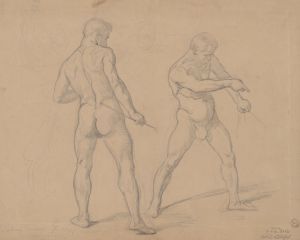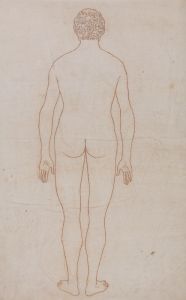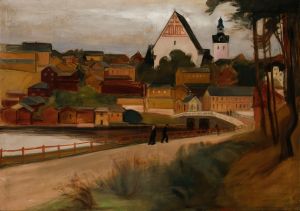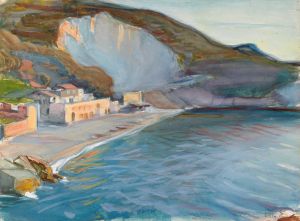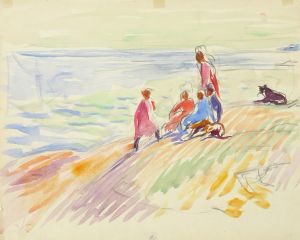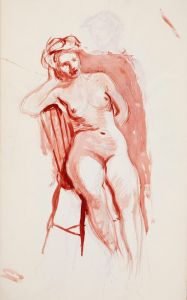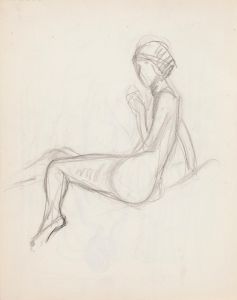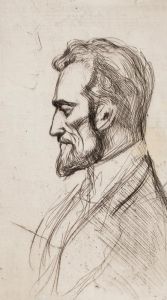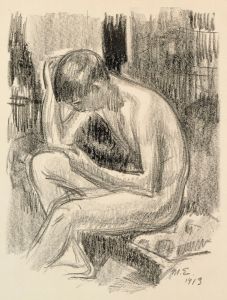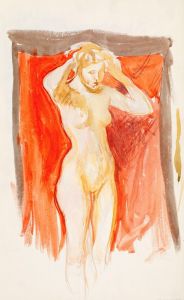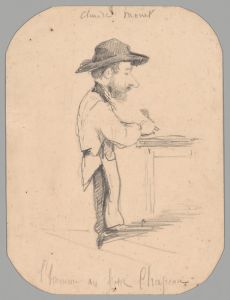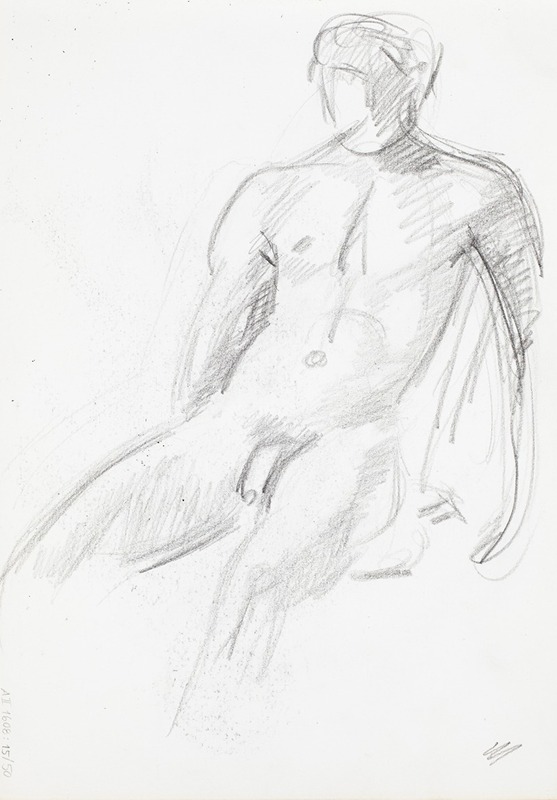
Alaston mies, luonnos
A hand-painted replica of Magnus Enckell’s masterpiece Alaston mies, luonnos, meticulously crafted by professional artists to capture the true essence of the original. Each piece is created with museum-quality canvas and rare mineral pigments, carefully painted by experienced artists with delicate brushstrokes and rich, layered colors to perfectly recreate the texture of the original artwork. Unlike machine-printed reproductions, this hand-painted version brings the painting to life, infused with the artist’s emotions and skill in every stroke. Whether for personal collection or home decoration, it instantly elevates the artistic atmosphere of any space.
Magnus Enckell was a Finnish symbolist painter, known for his significant contributions to Finnish art in the late 19th and early 20th centuries. One of his notable works is "Alaston mies, luonnos," which translates to "Nude Man, Sketch." This piece exemplifies Enckell's interest in the human form and his exploration of symbolism and expression through art.
Magnus Enckell was born on November 9, 1870, in Hamina, Finland. He studied at the Finnish Art Society's Drawing School in Helsinki and later continued his studies in Paris, where he was influenced by the Symbolist movement. This movement sought to express the metaphysical and emotional through symbolic imagery, often focusing on themes of spirituality, dreams, and the human psyche.
"Alaston mies, luonnos" is a work that reflects Enckell's fascination with the human body and his skill in capturing its form and essence. The sketch is a study of the male nude, a subject that Enckell frequently explored throughout his career. His approach to the nude was often characterized by a focus on the purity and simplicity of the form, stripped of any unnecessary detail or embellishment. This allowed him to convey a sense of timelessness and universality in his work.
Enckell's use of light and shadow in "Alaston mies, luonnos" demonstrates his mastery of technique and his ability to create depth and volume within the figure. The sketch is likely executed in pencil or charcoal, mediums that Enckell often used for their ability to convey subtle gradations of tone and texture. Through these techniques, Enckell was able to highlight the contours and musculature of the body, emphasizing its natural beauty and strength.
The work also reflects Enckell's interest in the psychological and emotional aspects of his subjects. By presenting the figure in a state of undress, Enckell invites the viewer to consider the vulnerability and introspection inherent in the human condition. This focus on the inner life of his subjects is a hallmark of Enckell's Symbolist approach, where the external appearance serves as a gateway to deeper, often unspoken truths.
Throughout his career, Enckell was part of the Septem group, a collective of Finnish artists who sought to bring modernist ideas to Finnish art. His work, including "Alaston mies, luonnos," played a crucial role in the development of modern art in Finland, bridging the gap between traditional academic art and the emerging modernist movements of the early 20th century.
Enckell's legacy is marked by his ability to blend technical skill with a profound exploration of the human experience. His work continues to be celebrated for its contribution to Finnish art and its influence on subsequent generations of artists. "Alaston mies, luonnos" remains an important example of Enckell's artistic vision, showcasing his dedication to capturing the essence of his subjects with sensitivity and insight.
Magnus Enckell passed away on November 27, 1925, in Stockholm, Sweden, leaving behind a body of work that continues to inspire and resonate with audiences today. His exploration of the human form and his commitment to expressing the intangible aspects of life through art have secured his place as a pivotal figure in the history of Finnish art.





